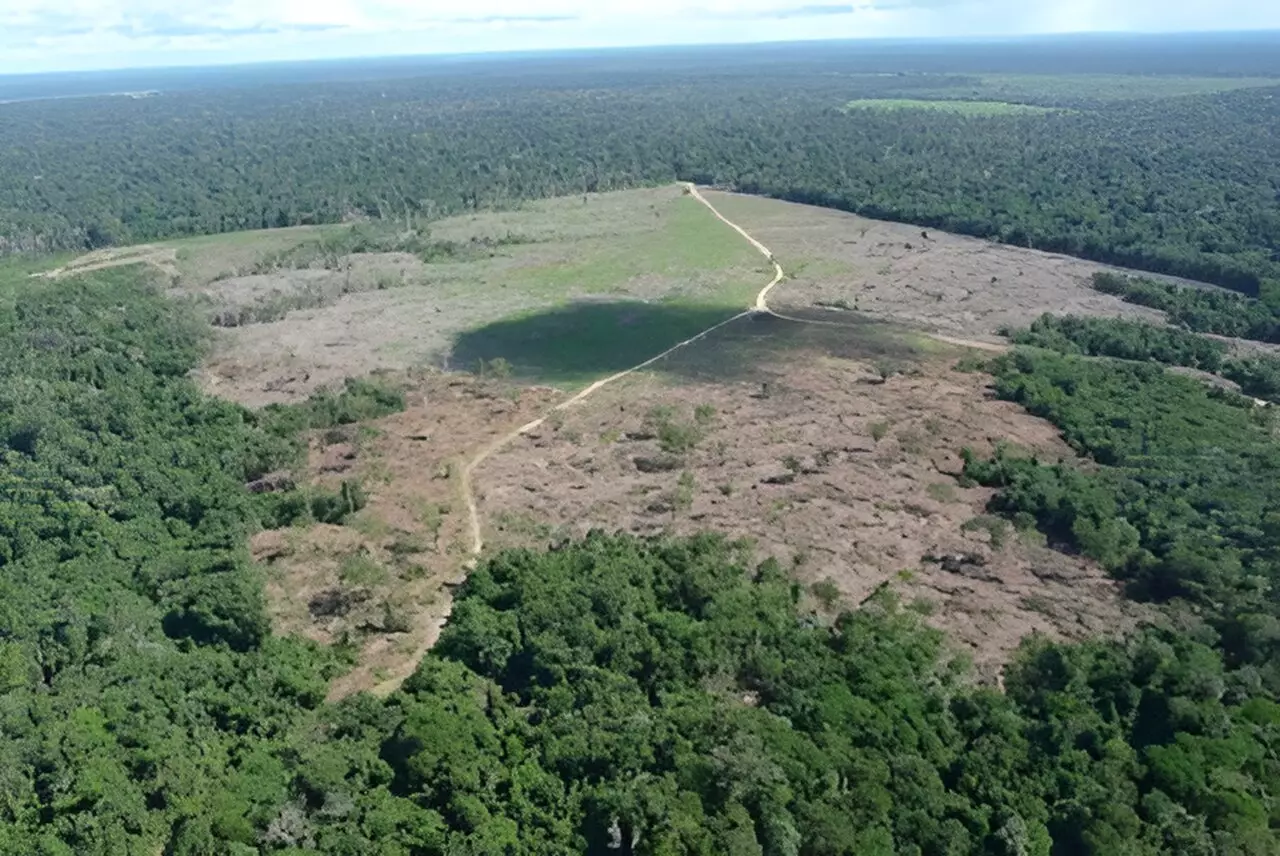The Brazilian Legal Amazonia (BLA), encompassing over 5 million square kilometers, plays a crucial role in the ecological landscape of Brazil and the global environment. This vast area includes the Amazon Basin and significant portions of the Cerrado and represents nearly 60% of Brazil’s total land mass. However, alarming deforestation rates threaten its ecological integrity, with approximately 23% of its area already deforested, leading to severe degradation and environmental challenges. The fight against deforestation demands urgent attention from both national and international stakeholders.
Deforestation in the BLA is not merely a local issue; it poses a risk of triggering catastrophic ecological collapse. As ecosystems deteriorate, billions of tons of carbon—vital for Earth’s climate stability—may be released into the atmosphere, aggravating global climate change. Within the region, some areas, particularly within the Cerrado and the infamous “Deforestation Arc,” are now identified as net carbon emitters. The critical task ahead involves not just the preservation of untouched forest but also the rehabilitation of areas already deprived of their natural glory.
While foreign demand for Brazilian commodities is frequently cited as a leading cause of deforestation, scholarly research has unveiled a more complex truth. A study conducted by Eduardo Haddad and his team highlights that domestic markets significantly amplify the pressure to deforest. Their findings reveal that an overwhelming majority of deforestation—approximately 83.17%—stems from external demand, with 59.68% originating from other regions of Brazil itself, while 23.49% can be attributed to foreign markets. This data challenges conventional perspectives, emphasizing the necessity of addressing local consumption patterns in the fight against deforestation.
The methodology employed by Haddad’s research team draws upon the input-output matrix model, a comprehensive economic framework developed by Wassily Leontief. This model elucidates the interconnectedness of economic sectors, thus allowing a closer examination of how various demands influence deforestation patterns. Despite challenges in acquiring updated data, the analysis remains relevant, as Brazil’s economic structure has not drastically shifted in recent years. The researchers utilized 2015 statistics, correlating them with sectoral deforestation data to create a clearer picture of how agricultural demands shape land use in the BLA.
The past five decades have witnessed explosive growth in agricultural activities within the BLA. Soybean production, for example, surged from less than 200 metric tons in 1974 to a staggering 50 million metric tons in 2022, thus constituting a significant proportion of national output. Such transformations are not isolated to soybeans; the livestock sector has also seen a remarkable increase, expanding from 8.9 million heads of cattle in 1974 to over 104 million by 2022. This intensification of agricultural practices supports the narrative of increasing domestic and export demands, further burdening the fragile Amazon landscape.
In addition to legal agricultural expansion, illegal practices intensify the deforestation crisis. The phenomenon of “grilagem,” where individuals illegally occupy government land, has contributed to a substantial portion of the destructive activities seen in the BLA. Disturbingly, studies indicate that nearly half of deforestation events over the past two decades occurred on illegally occupied territories. This aspect complicates the enforcement of laws aimed at preserving the forest, as protracted land litigation often allows illegal activities to persist unabated.
The revelations from this study underscore the urgent need for thoughtful policy interventions. Tackling deforestation requires not just international cooperation but also a reevaluation of domestic demand patterns. Adequate strategies must be implemented by civil society, local governments, and international organizations to promote sustainable land-use practices and reinforce forest conservation efforts.
Moreover, controlling land-use changes linked to cattle ranching and monoculture cultivation remains imperative. Such measures are essential if Brazil aims to meet its greenhouse gas emission reduction targets. Without a concerted effort to mitigate these practices, the nation will continue to bear the burden of environmental degradation, challenging its ability to contribute meaningfully to global sustainability efforts.
Understanding the multifaceted drivers and consequences of deforestation in Brazil’s Legal Amazonia is critical for addressing this pressing environmental issue. The findings from recent studies suggest that while external pressures are significant, domestic markets may play an even more crucial role. As the BLA faces ecological make-or-break moments in its future, implementing informed and comprehensive policies will be vital for preserving one of the world’s most crucial ecosystems.


Leave a Reply